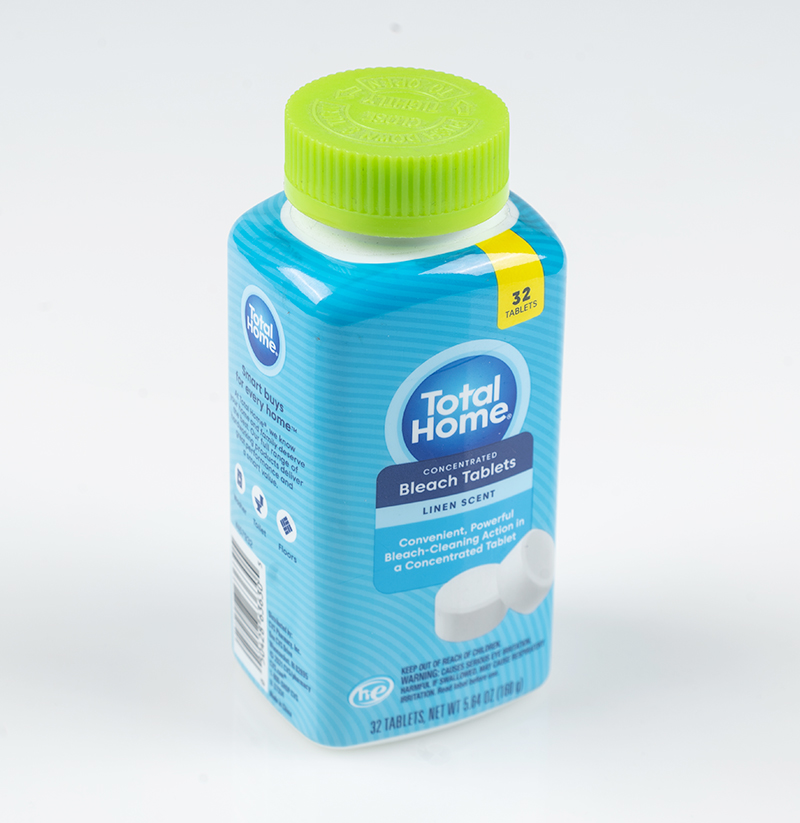pvc heat shrinkable film label is a film label printed on plastic film or plastic tube using special ink, in the process of labeling, when heated (about 70 ℃), the shrink label will quickly shrink along the outer contour of the container, tightly adhered to the surface of the container, the heat shrinkable film labels are mainly shrinkable casing type labels and shrinkable wrap-around labels.

Role characteristics:
Shrink sleeve type labels are made of heat-shrinkable film as the substrate, through the printing and then made into a tube label, it has the characteristics of easy to use, extremely suitable for shaped containers. Shrink sleeve type labels generally need to use specialized labeling equipment to apply the printed sleeve label to the container. First, the labeling equipment opens the sealed cartridge sleeve labels, which may sometimes need to be punched; next, the sleeve labels are cut to the appropriate size and applied to the container; then the steam, infrared, or hot air channels are used for heat treatment, so that the sleeve labels are tightly adhered to the surface of the container.
Characteristics of heat shrink film:
Because the film itself is highly transparent, so the label color is bright and glossy. However, because the use must be contracted, so there is a pattern of deformation shortcomings, especially for products printed with barcode logo. Must undergo strict design and printing quality control, otherwise the pattern deformation will cause bar code quality failure. Shrink wrap-around labels can be labeled with traditional labeling equipment, which requires the use of adhesives and higher temperatures in the labeling process. In the shrinkage process, due to the film overlap parts at the adhesive will produce stress effects, so the use of hot melt adhesive is preferred.
Heat Shrink Film Labeling Growth Rate:
Heat shrink film labels are part of the labeling market, is currently in rapid growth, market share is expanding, the annual growth rate is expected to be about 15%, much more than the general labeling market of about 5% annual growth rate, the development potential is huge, and become a major bright spot in the label printing industry. It is predicted that the domestic heat shrink film market will grow at a rate of more than 20% in the next five years.
Heat shrink film-trends
The adaptability of heat shrink film labels is very strong, can be wood, paper, metal, glass, ceramics and other packaging containers for surface decoration, decoration, widely used in food, daily chemical products, chemical products packaging decoration, such as a variety of beverages, cosmetics, children's food, coffee and so on. In the field of pharmaceutical labels, paper is still the main substrate, but the development of film packaging has been increasingly rapid.
The combination of the above features and packaging performance of the heat shrink film, its biggest advantage is the combination of packaging rules and irregularly shaped products on the packaging, the packaging of oversized items can also be very good to be applied. This kind of heat shrink film material is heated to a certain temperature to become expanded and very flexible, stretch into a film and then reduce the temperature to room temperature, can still maintain the state of expansion. High transparency, non-toxic, high shrinkage, good heat sealing properties make it suitable for use in automatic high-speed packaging, not only to meet the commodity moisture-proof and dust-proof, anti-touch stealing, transparent display and other properties, but also increase the attractiveness of the appearance of the goods.




